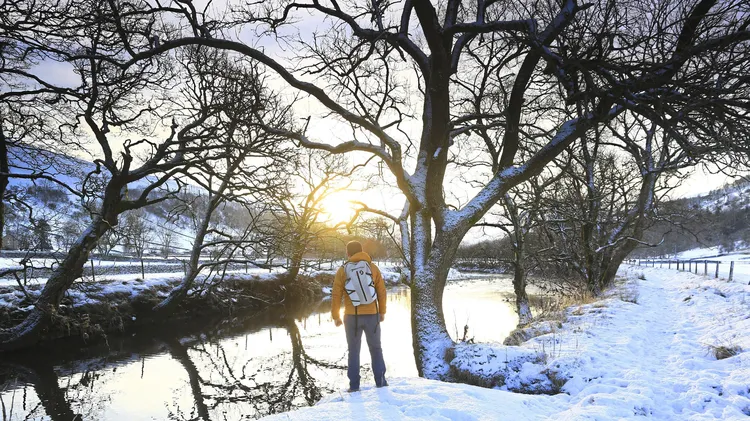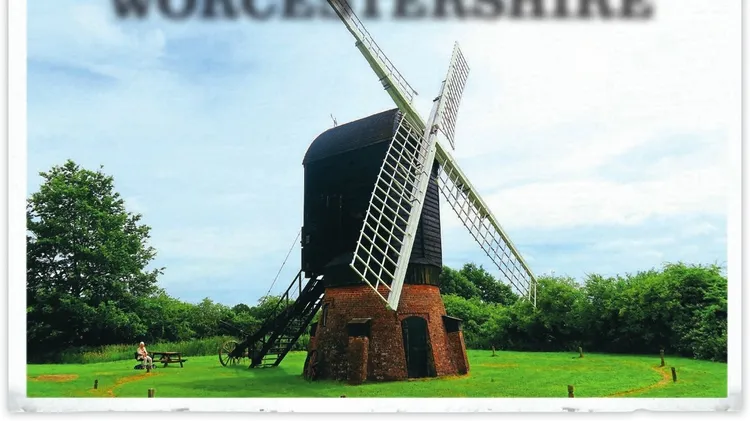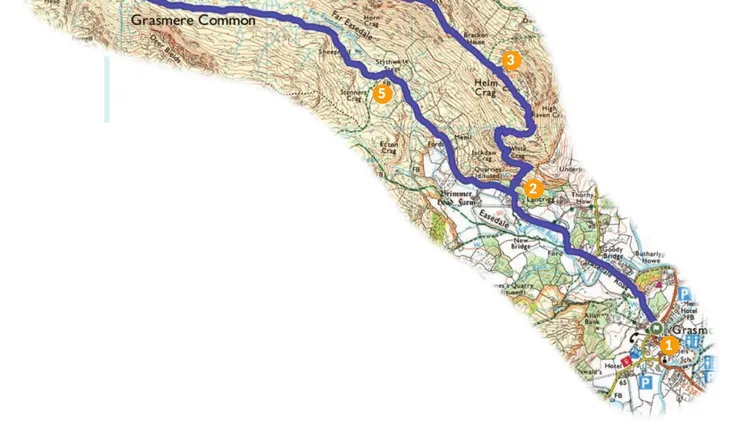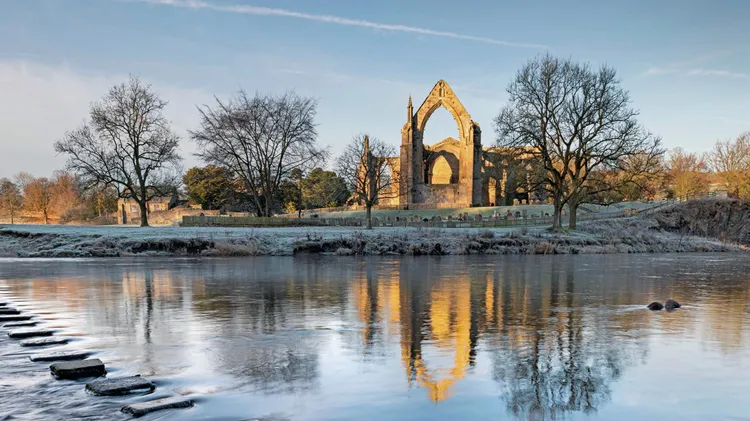Penelope Hemingway travels to the Yorkshire Dales to
In search of ‘molly i’ th’ wynd’
7 min read
This article is from...
Read this article and 8000+ more magazines and newspapers on Readly






